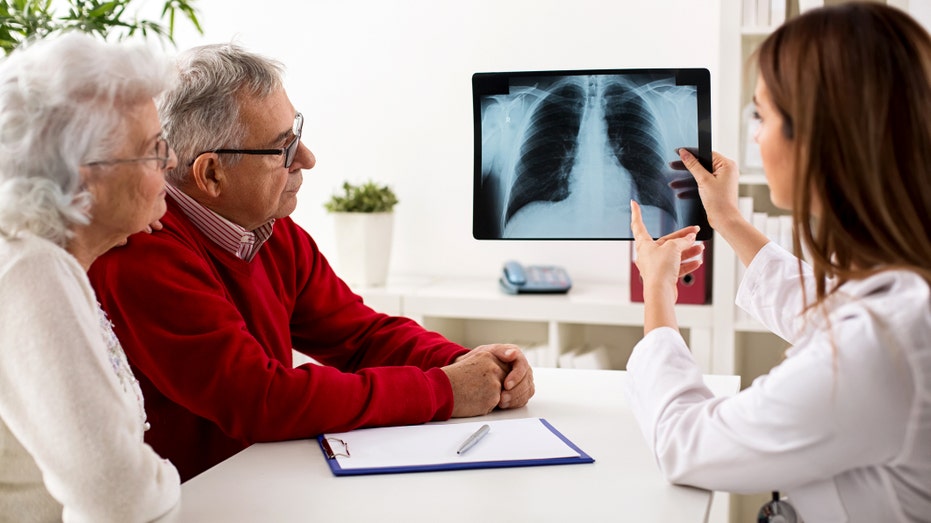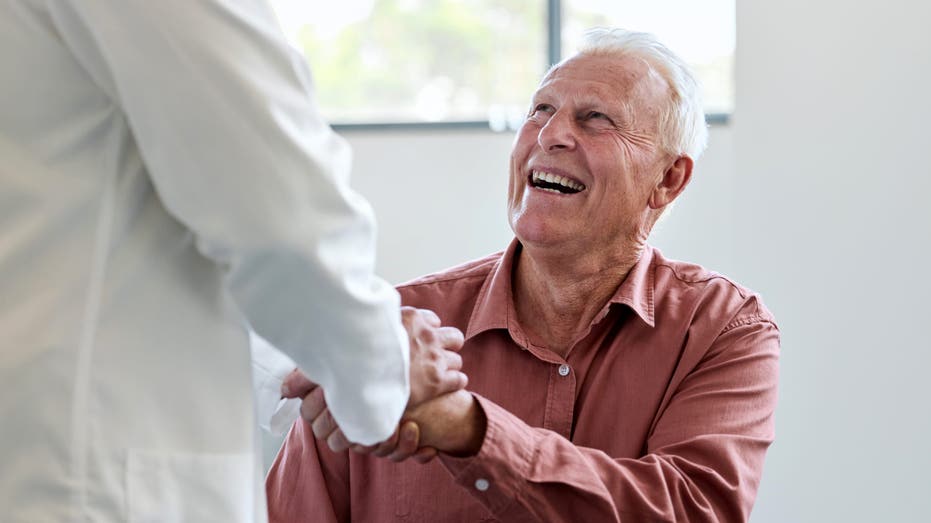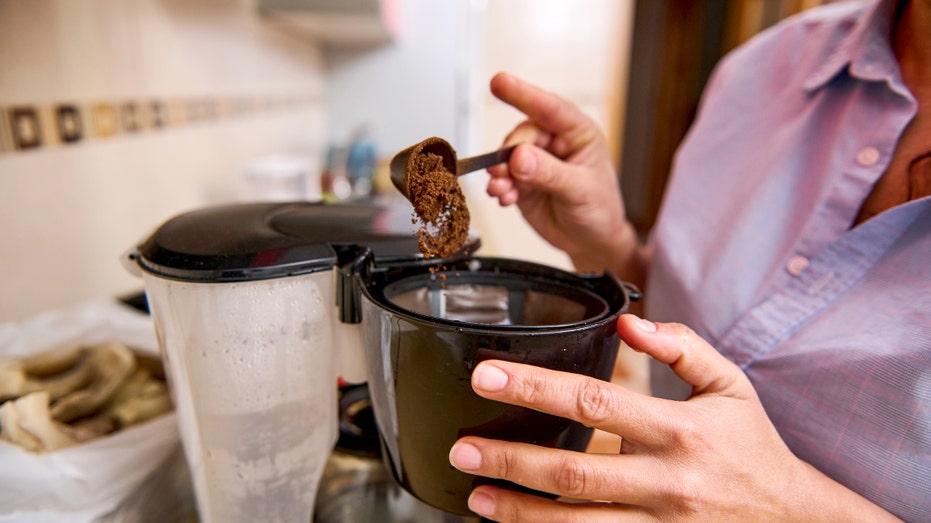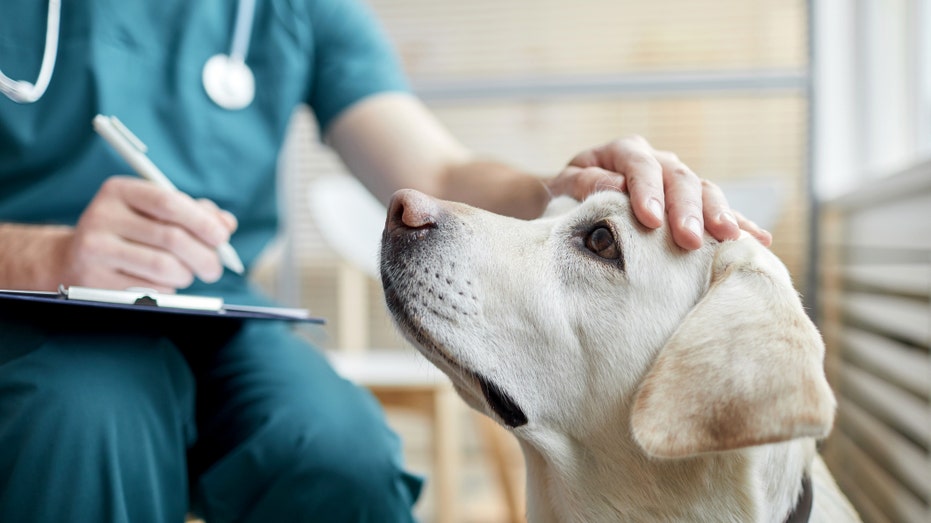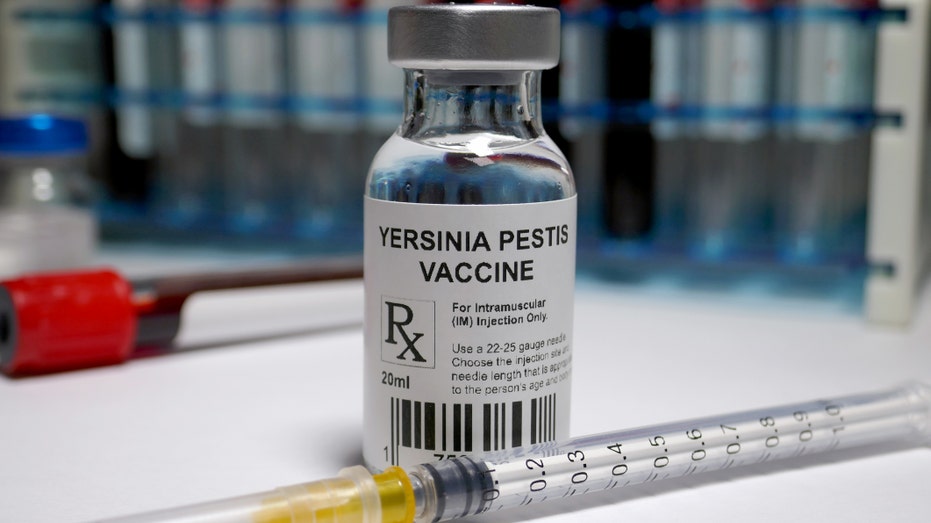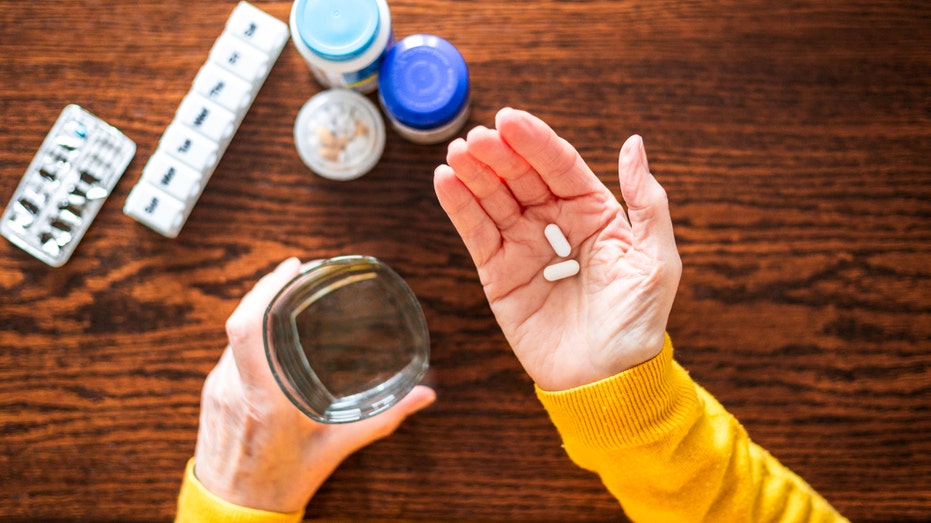Lung Cancer Risks for Non-Smokers: Pollution, Genetics, and More, Doctors Warn

Sarah Johnson
July 10, 2025
Brief
Lung cancer risks aren’t just for smokers. Non-smokers face growing threats from pollution, genetics, and lifestyle factors, doctors warn.
Lung cancer isn’t just a smoker’s disease. While lighting up significantly hikes the risk, up to 20% of lung cancer cases strike those who’ve never smoked or barely touched a cigarette, according to the CDC. This sobering reality challenges the stereotype that only smokers need to worry about this deadly disease, the second-most common cancer in the U.S.
Non-smokers are increasingly showing up in doctors’ offices with lung cancer, particularly women and people of Asian descent, says Dr. Mohamed Abazeed of Northwestern University. Why the uptick? The decline in smoking rates has shifted the spotlight to non-smokers, while better imaging tech, like CT scans, catches tumors earlier. Environmental culprits—think air pollution, secondhand smoke, radon, asbestos, and even diesel exhaust—also play a role. Add in lifestyle factors like poor diet or a couch-potato routine, and inflammation can set the stage for trouble.
Lung cancers come in two main flavors: non-small cell lung cancer (NSCLC), which makes up 80-85% of cases and often hits non-smokers, and small cell lung cancer (SCLC), a nastier, fast-spreading type with a worse outlook. Non-smokers often develop adenocarcinoma, a subtype of NSCLC, which is linked to specific genetic mutations. Speaking of genetics, having a close relative with lung cancer can double your risk, even if you’ve never smoked, and about 8% of cases tie back to inherited factors.
Current screening guidelines focus on older adults with heavy smoking histories, recommending annual low-dose CT scans for those aged 50-80 with a 20 pack-year history. But non-smokers? The U.S. Preventive Services Task Force says screening risks—like false positives or overdiagnosis—may outweigh benefits for them. Still, experts like Dr. Lauren Nicola, a radiologist in North Carolina, note that tools are improving to better spot malignant nodules, potentially paving the way for broader screening in the future.
So, what can non-smokers do? Test your home for radon, steer clear of secondhand smoke, and push for cleaner air policies. A healthy diet and regular exercise might offer a small shield, too. Even former smokers aren’t off the hook—quitting helps, but the risk never fully drops to zero.
Topics
Editor's Comments
Lung cancer sneaking up on non-smokers is like finding out your quiet neighbor is secretly a karaoke champion—surprising and a little unsettling. With air pollution and radon crashing the party, it’s like the environment’s playing a bad prank on our lungs. Maybe it’s time we tell Mother Nature to clean up her act before she gets a cough she can’t shake!
Like this article? Share it with your friends!
If you find this article interesting, feel free to share it with your friends!
Thank you for your support! Sharing is the greatest encouragement for us.
